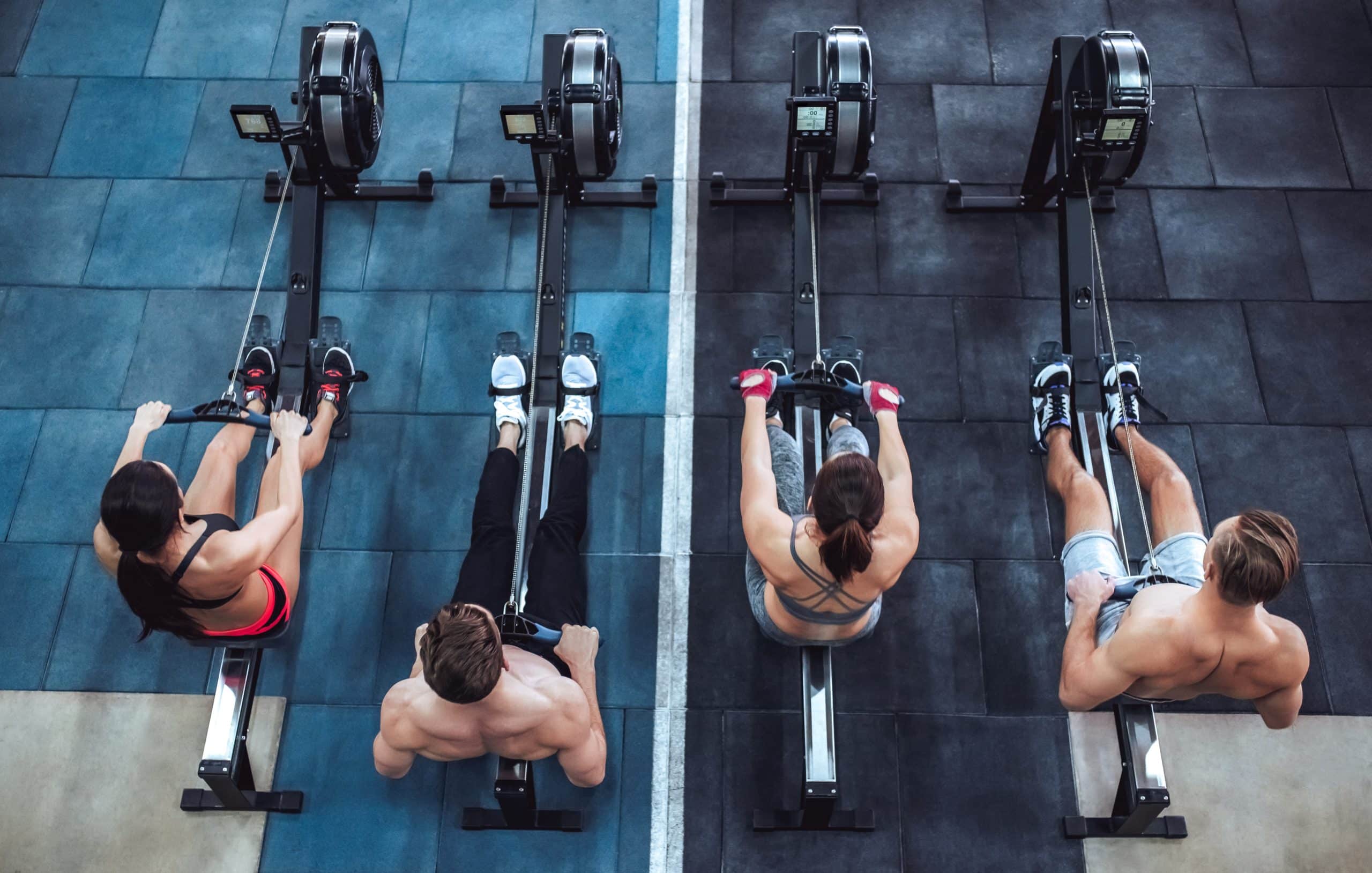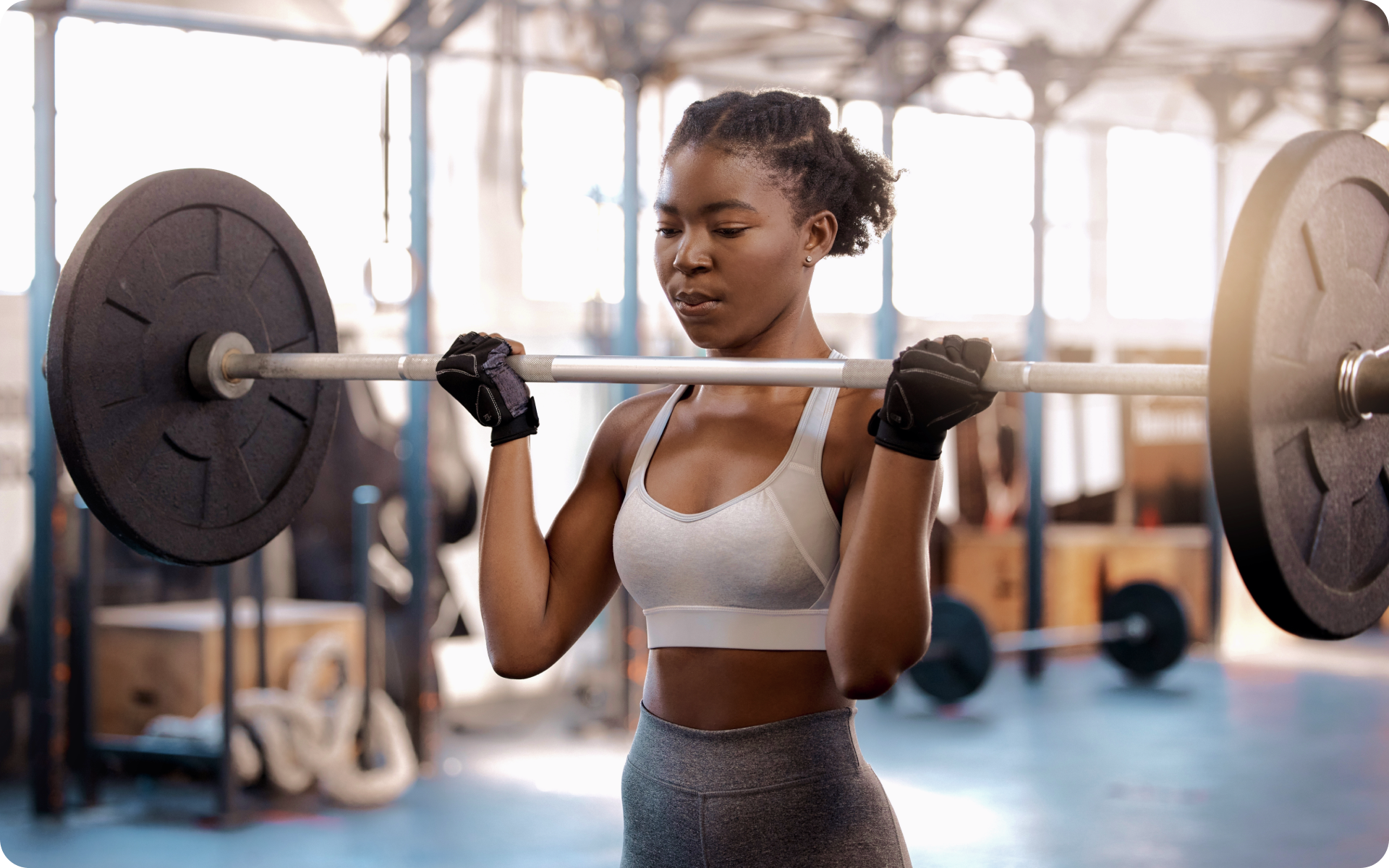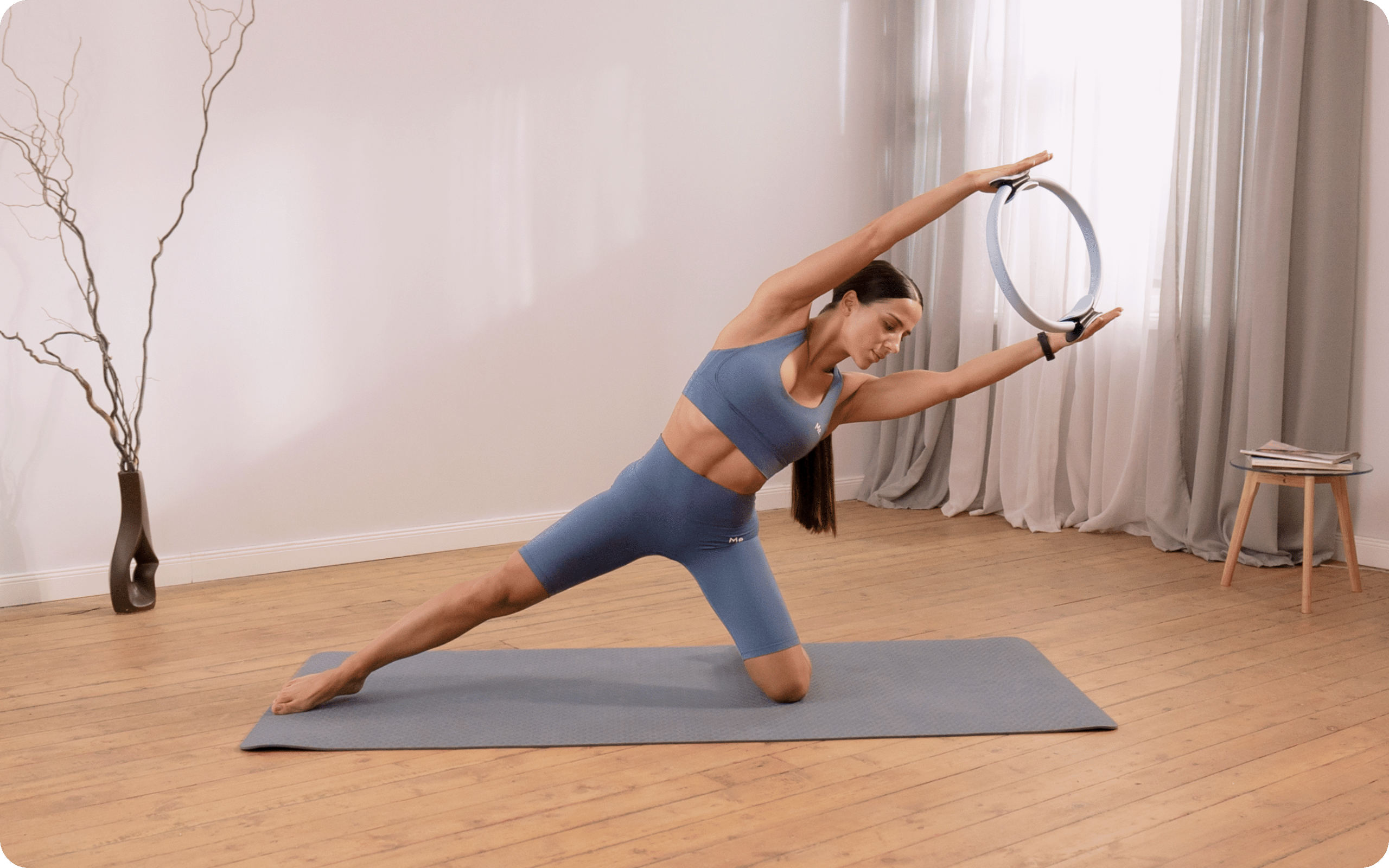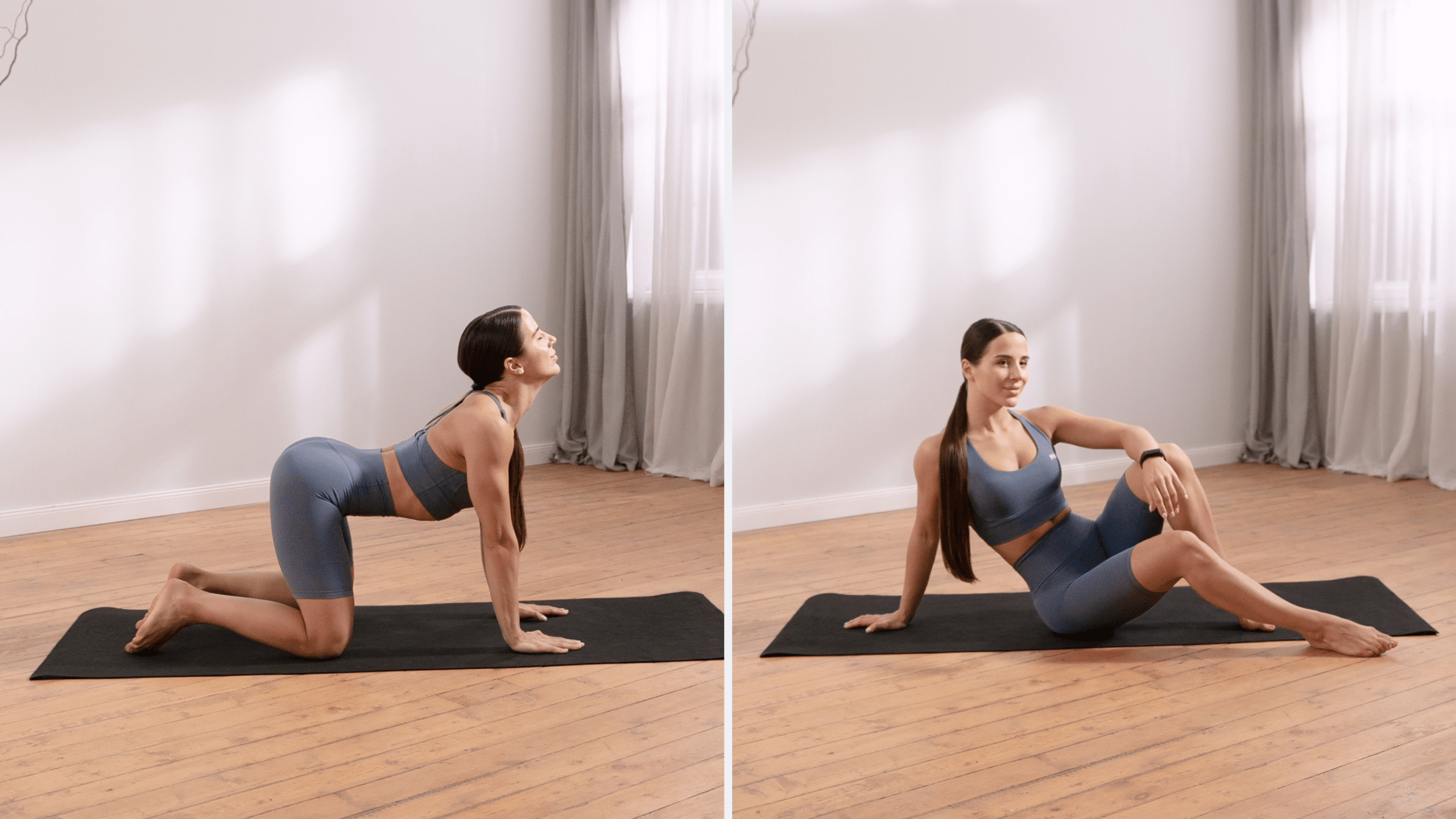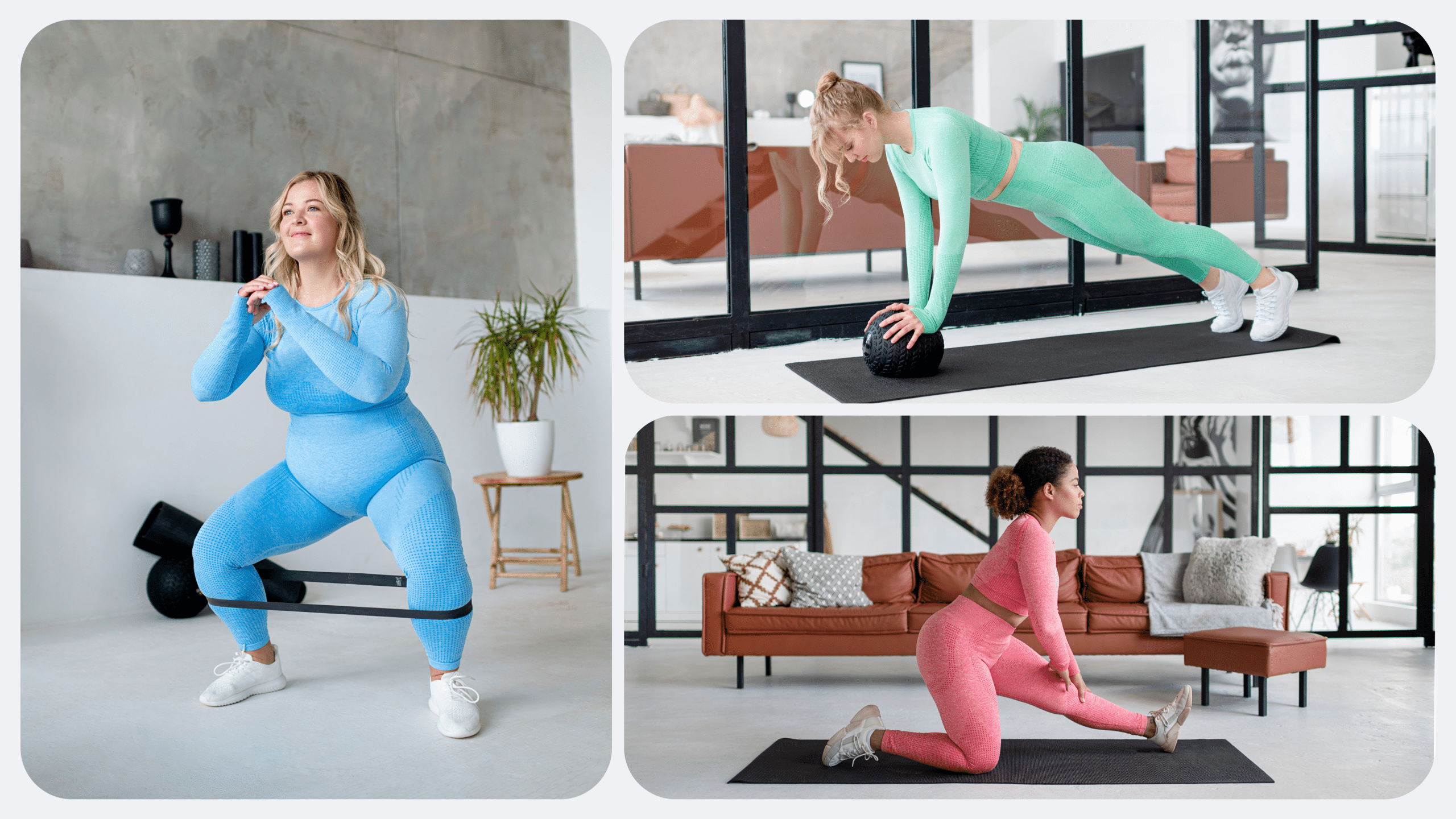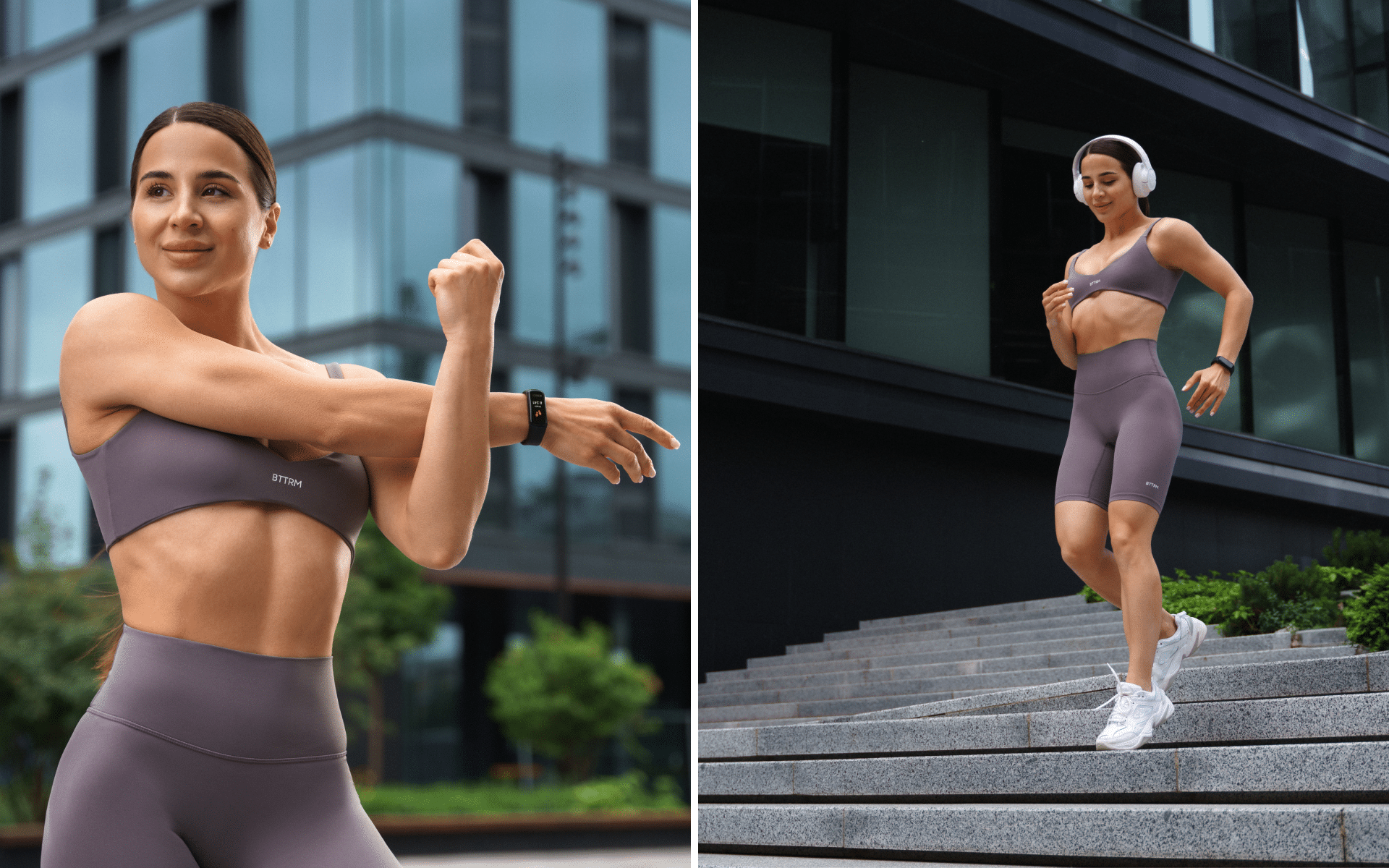Are you on the fence about the best workout machine for yourself? Can you determine the difference between ellipticals, treadmills, and stationary bikes? Educating yourself before you invest your hard-earned money is always a wise move. The increasing acceptance of home workouts has encouraged people to invest in fitness equipment. Treadmills are generally more popular as they help with cardio training and strengthen significant muscle groups. But, with indoor rowing studios gaining attention, people often wonder if they could get more positive outcomes with these workouts. Although both can help hit the cardio goals, running and rowing are different regarding target muscles, impact, and injury considerations. This guide explores the subject of rowing vs. running and compares several traits of each workout to understand what you should opt for yourself.
Get your personalized
meal plan!
What Are The Key Differences Between Rowing And Running?
Both rowing and running bring significant improvement in cardiovascular health. Yet, there are some notable differences between the two types.
Here are some primary differences that you should be aware of:
Target Muscles
Each of these cardio workouts targets specific muscle groups. Rowing engages the entire upper body, lower body, and core. A study found that it engages almost 85% of the body muscles (1).
Running, on the other hand, impacts the lower body. The muscles most affected during running are the hamstrings, calves, glutes, and hip flexors (2).
Accessibility
Accessibility is one of the most vital things to consider. You can run practically anywhere. All you need is a pair of sneakers and an open ground. Or, you could also run on a treadmill if you wish to run indoors.
Rowing is, sometimes, harder to access. You will need a rowing machine (at home or the gym) or access to a rowing boat and water.
Impact
There is a difference in the impact of each exercise. Rowing exerts less pressure on the body than running, as it is a low-impact workout. Consequently, there are fewer risks of injury.
Running puts more pressure on joints and bones. Being a high-impact exercise, it may improve bone density and prevent osteoporosis in later years (3). However, people with arthritis, joint pains, and osteoporosis shouldn’t include running in their workout routines as it may lead to increased pain and injuries.
Read More: Hill Running Workout: Head Towards The Rocks To Ace The Race
Is Rowing Or Running Better For Weight Loss?
People often contrast rowing vs. running for weight loss. This depends on the intensity of each workout. But, if you input the same effort in both, you will likely burn more calories when running (4).
Running tends to be a better workout when your main goal is to shed some extra pounds. This is also possible when you integrate sprinting into your routine.
Calories burned on rowing vs. on running is one of the main concerns of most fitness freaks. If you are in the same boat, it is essential to beware of the fundamental factors first. Specific calorie burn depends on the individual, too. Your body size, composition, and fitness level are the main elements to evaluate when curating a workout routine for yourself.
Moreover, finding out whether you can lose more weight by running or rowing relies on which workout you do for long and more vigorously.
Is Rowing Better Than Running For Belly Fat?
As previously mentioned, rowing works for the entire body. It requires equal effort from the upper and lower body, significantly improving overall fitness.
People battling belly fat can benefit from rowing by including it in a well-rounded fat-loss routine. For starters, one should know the two types of fat that may accumulate around your belly.
Subcutaneous Fat
This is the fat that you can pinch with your hand. It makes rolls when you sit or bend over.
Visceral Fat
This type of fat pads the space between your internal organs.
Regardless of the type of belly fat, rowing is a physical activity that may help slim you down. It burns the stored body fat as energy, and if you pair it with a nutrient-rich diet, you may notice a stark improvement in your fat reduction.
Running is also an effective way to counter belly fat. When you choose the uphill setting on your treadmill, your heart rate will increase, and the abdominal muscles will contract to bring stability.
No matter what exercise you choose to reduce your belly fat, evaluating the intensity you can bear is essential. Avoid being caught up in the routine that causes stress.
Simply remember that the key to reducing belly fat is to get moving. Begin with a light rowing or running routine, gradually increasing the intensity as you get stronger.
BetterMe app will kick you out of the mental funk, shake off your extra weight, rid you off your energy-zapping habits, and help you sculpt the body of your dreams. Intrigued? Hurry up and change your life for the better!
Is Rowing Or Running Better Cardio?
Since rowing and running are both highly effective cardio workouts, let’s dissect how each assists in a cardio routine:
Running is a go-to cardio exercise for many people that offers a great calorie burn. Consistent runs can lower cholesterol and resting heart rate while increasing lung capacity. Plus, you don’t have to run for hours to reap its maximum rewards. Running merely 5 to 10 minutes daily at a speed of less than 6 mph may reduce the risk of death from cardiovascular issues (5).
Rowing is a cardio-training tool that most athletes incorporate into their fitness routines. It has become a staple in many gyms and training clubs because of the benefits it brings our way. This exercise may help to train your cardiovascular system without putting loads of stress on the joints (6).
Circling back to the rowing versus running debate, some experts note that both exercises can benefit each other and be used in conjunction. This will allow you to give your body the best of both worlds. Rather than splitting your cardio routine by doing both exercises on the same day, you can choose to do them on alternate days.
Truly, both are incredible for cardiovascular and overall health improvement. Either way, you will get a stellar workout and feel amazing after a few days of consistency.
Can Rowing Replace Running?
Rowing and running tag along with a set of perks, so there is no inherently wrong choice.
Instead, one should analyze how rowing vs. running will suit their physical needs and lifestyle.
For instance, if rowing vs. running calories burn is your concern, you should opt for running because it probably burns more calories than rowing. This also depends on the speed and intensity of runs. In contrast, someone with chronic foot or knee pain should avoid running, considering its high-impact nature. Instead, rowing can help them shed weight when combined with a calorie deficit.
Read More: The Benefits Of Running In The Morning
The Bottom Line
Those recovering from an injury or experiencing joint pains should opt for rowing. It offers a safer cardio option and targets the most crucial muscle groups. Those who need fresh air and have no physical issues should lace up their shoes and hit the tracks. After all, nothing can rejuvenate your soul more than refreshing runs.
Remember to consult a professional trainer or a general physician before you adopt either rowing or running. Guidance from an expert will help you evaluate your health and make better choices.
DISCLAIMER:
This article is intended for general informational purposes only and does not serve to address individual circumstances. It is not a substitute for professional advice or help and should not be relied on for making any kind of decision-making. Any action taken as a direct or indirect result of the information in this article is entirely at your own risk and is your sole responsibility.
BetterMe, its content staff, and its medical advisors accept no responsibility for inaccuracies, errors, misstatements, inconsistencies, or omissions and specifically disclaim any liability, loss or risk, personal, professional or otherwise, which may be incurred as a consequence, directly or indirectly, of the use and/or application of any content.
You should always seek the advice of your physician or other qualified health provider with any questions you may have regarding a medical condition or your specific situation. Never disregard professional medical advice or delay seeking it because of BetterMe content. If you suspect or think you may have a medical emergency, call your doctor.
SOURCES:
- Relationships Among Muscle Characteristics and Rowing Performance in Collegiate Crew Members (n.d., thesportjournal.org)
- Does Running Build or Break Down Muscle? (2020, healthline.com)
- Effects of high-impact exercise on bone mineral density: a randomized controlled trial in premenopausal women (2004, pubmed.ncbi.nlm.nih.gov)
- Calories burned in 30 minutes for people of three different weights (2021, health.harvard.edu)
- Leisure-Time Running Reduces All-Cause and Cardiovascular Mortality Risk (2015, ncbi.nlm.nih.gov)
- Effect of rowing ergometry and oral volume loading on cardiovascular structure and function during bed rest (2012, ncbi.nlm.nih.gov)
